 Your new post is loading...

|
Scooped by
Farid Mheir
|
The CB Insights artificial intelligence deals tracker looks at top AI deals across industries.

|
Scooped by
Farid Mheir
|
Interest in auto tech has risen dramatically in recent years. Technology has always been a staple of automotive research and development, but the past few years have seen a technology arms race as advances in IoT and artificial intelligence disciplines filter down to the automotive sector. Startup investment has risen dramatically as concepts once reserved for science fiction (like autonomous vehicles) move towards commercialization. We analyzed the explosion of activity in the auto tech space using the CB Insights platform in our full webinar.

|
Scooped by
Farid Mheir
|
The most anticipated slide deck of the year is here. Key takeaways: - Global smartphone growth is slowing: Smartphone shipments grew 3 percent year over year last year, versus 10 percent the year before. This is in addition to continued slowing internet growth, which Meeker discussed last year.
- Voice is beginning to replace typing in online queries. Twenty percent of mobile queries were made via voice in 2016, while accuracy is now about 95 percent.
- In 10 years, Netflix went from 0 to more than 30 percent of home entertainment revenue in the U.S. This is happening while TV viewership continues to decline.
- Entrepreneurs are often fans of gaming, Meeker said, quoting Elon Musk, Reid Hoffman and Mark Zuckerberg. Global interactive gaming is becoming mainstream, with 2.6 billion gamers in 2017 versus 100 million in 1995. Global gaming revenue is estimated to be around $100 billion in 2016, and China is now the top market for interactive gaming.
- China remains a fascinating market, with huge growth in mobile services and payments and services like on-demand bike sharing. (More here: The highlights of Meeker's China slides.)
- While internet growth is slowing globally, that’s not the case in India, the fastest growing large economy. The number of internet users in India grew more than 28 percent in 2016. That’s only 27 percent online penetration, which means there’s lots of room for internet usership to grow. Mobile internet usage is growing as the cost of bandwidth declines. (More here: The highlights of Meeker's India slides.)
- In the U.S. in 2016, 60 percent of the most highly valued tech companies were founded by first- or second-generation Americans and are responsible for 1.5 million employees. Those companies include tech titans Apple, Alphabet, Amazon and Facebook.
- Healthcare: Wearables are gaining adoption with about 25 percent of Americans owning one, up 12 percent from 2016. Leading tech brands are well-positioned in the digital health market, with 60 percent of consumers willing to share their health data with the likes of Google in 2016.

|
Scooped by
Farid Mheir
|
From cloud computing and lithium ion batteries to 3D printing and containerization, we collected the technologies that have done the most to shape the internet era.

|
Scooped by
Farid Mheir
|
This report lays out the current state of AI for business, describes primary and emerging use cases, and states the risks, opportunities and organizational considerations that businesses are facing. It concludes with recommendations for companies thinking about applying AI to their own organizations, and a look at some of the business, legal and technical trends that are likely to shape the future. Key Findings - When it comes to use cases, narrow and clear is better than new and shiny. Some of the most promising uses of AI today are highly specialized and highly vertical — from farming, to self-driving cars, to predictive analytics and precision medicine. In many cases, the most successful deployments will identify buying signals and churn signals and automate complex processes.
- AI will become a forcing function for an organizational data strategy. AI learns from vast amounts of data. Clean, accessible data is the foundation upon which successful AI is built. This means that data availability and accessibility should be early considerations when determining where to build, and where not to build, AI into systems.
- Ultimately, the opportunity (and risk) of systems based on machine learning is in their ability to sense, communicate, learn, act and adapt over time, and to connect with other systems. It’s not just about devices that will play a song or order tickets to a concert.
- Governance, privacy, ethics, and trust are critical to the customer experience. Even with a relatively “narrow” AI, it’s important to understand that enabling machines to learn and act based on data and past experience has significant implications. It’s critical to scenario plan for AI deployments — not only for the legal and regulatory reasons, but to protect and enhance the customer experience.

|
Scooped by
Farid Mheir
|

|
Scooped by
Farid Mheir
|
How do you learn to navigate an Unmanned Aerial Vehicle (UAV) and avoid obstacles? One approach is to use a small dataset collected by human experts: however, high capacity learning algorithms tend to overfit when trained with little data. An alternative is to use simulation. But the gap between simulation and real world remains large especially for perception problems. The reason most research avoids using large-scale real data is the fear of crashes! In this paper, we propose to bite the bullet and collect a dataset of crashes itself! We build a drone whose sole purpose is to crash into objects: it samples naive trajectories and crashes into random objects. We crash our drone 11,500 times to create one of the biggest UAV crash dataset. This dataset captures the different ways in which a UAV can crash. We use all this negative flying data in conjunction with positive data sampled from the same trajectories to learn a simple yet powerful policy for UAV navigation. We show that this simple self-supervised model is quite effective in navigating the UAV even in extremely cluttered environments with dynamic obstacles including humans. For supplementary video see: https://youtu.be/u151hJaGKUo

|
Scooped by
Farid Mheir
|
Have you looked at Google Trends? It’s pretty cool — you enter some keywords and see how Google Searches of that term vary through time. I thought — hey, I happen to have this arxiv-sanity database of 28,303 (arxiv) Machine Learning papers over the last 5 years, so why not do something similar and take a look at how Machine Learning research has evolved over the last 5 years?

|
Scooped by
Farid Mheir
|
Thanks to machine learning, it’s becoming easy to generate realistic video, and to impersonate someone.

|
Scooped by
Farid Mheir
|
Systems able to recognize sounds familiar to human listeners have a wide range of applications, from adding sound effect information to automatic video captions, to potentially allowing you to search videos for specific audio events. Building Deep Learning systems to do this relies heavily on both a large quantity of computing (often from highly parallel GPUs), and also – and perhaps more importantly – on significant amounts of accurately-labeled training data. However, research in environmental sound recognition is limited by currently available public datasets.
In order to address this, we recently released AudioSet, a collection of over 2 million ten-second YouTube excerpts labeled with a vocabulary of 527 sound event categories, with at least 100 examples for each category.

|
Scooped by
Farid Mheir
|
As data analytics company, Gamaya uses artificial intelligence and machine learning to translate hyperspectral imagery data captured by our unique patented hyperspectral camera into issue maps.

|
Scooped by
Farid Mheir
|
Alphabet’s artificial intelligence outfit, DeepMind, plans to build a blockchain-style system that will carefully track how every shred of patient data is used. The company, which is rapidly expanding its health-care initiatives, has announced that it will build a tool that it calls Verifiable Data Audit during the course of this year. The idea: allow hospitals, and potentially even patients, to see exactly who is using health-care records, and for what purpose. By logging how every piece of patient data is used, the company hopes to leave behind an indelible audit trail.

|
Scooped by
Farid Mheir
|
As B2B ecommerce matures and evolves, we’re beginning to see businesses transition beyond traditional commerce channels (online and offline). One area where we’ll see rapid innovation is in “browserless” commerce, which is quite simply removing the traditional browser interface from a range of purchasing / service scenarios.

|
Scooped by
Farid Mheir
|
- 70% of retail decision makers globally are ready to adopt the Internet of Things to improve customer experiences.
- 73% of retailers rate managing big data as important or business-critical to their operations.
- 78% of retailers say it is important or business-critical to integrate e-commerce and in-store experiences, so an omnichannel experience is delivered to every customer.
- 87% of retailers will deploy mobile point-of-sale (MPOS) devices by 2021, enabling them to scan and accept credit or debit payments anywhere in the store.
- 90% of retailers will implement buy online, pickup in store by 2021.

|
Scooped by
Farid Mheir
|
“Let us consider an augmented architect at work. He sits at a working station that has a visual display screen some three feet on a side, this is his working surface, controlled by a computer with which he can communicate by means of small keyboards and various other devices.

|
Scooped by
Farid Mheir
|
Today, we’re unveiling a technology demonstration of machine learning at global scale, which we call GeoVisual Search. This release makes the global composite images we released last month a bit…

|
Scooped by
Farid Mheir
|
Machine learning is on the edge of revolutionizing those 12 sectors. Most leaders in those industries look at Machine Learning and see a non-stable, none viable technology in the short term.

|
Scooped by
Farid Mheir
|
For robots to do what we want, they need to understand us. Too often, this means having to meet them halfway: teaching them the intricacies of human language, for example, or giving them explicit commands for very specific tasks. But what if we could develop robots that were a more natural extension of us and that could actually do whatever we are thinking? A team from MIT’s Computer Science and Artificial Intelligence Laboratory (CSAIL) and Boston University is working on this problem, creating a feedback system that lets people correct robot mistakes instantly with nothing more than their brains.

|
Scooped by
Farid Mheir
|
A look at the most promising global startups working with artificial intelligence.

|
Scooped by
Farid Mheir
|
YouTube-BoundingBoxes is a large-scale data set of video URLs with densely-sampled high-quality single-object bounding box annotations. The data set consists of approximately 380,000 15-20s video segments extracted from 240,000 different publicly visible YouTube videos, automatically selected to feature objects in natural settings without editing or post-processing, with a recording quality often akin to that of a hand-held cell phone camera. All these video segments were human-annotated with high precision classifications and bounding boxes at 1 frame per second.

|
Scooped by
Farid Mheir
|
A ranking of the 100 most promising private artificial intelligence companies. It is a purely data-driven/algorithmic process that uses CB Insights data. We’ve gathered this data via our
machine learning technology (dubbed The Cruncher) as well as via several thousand direct submissions
from firms and individual professionals using The Editor.
The Company Mosaic page walks through the factors considered in the algorithm in some detail but at a
high level, it considers several factors including:
- Momentum – Considers non-traditional signals including news mentions, sentiment, jobs data/hiring,
social media, web traffic and usage, partnerships, and more.
- Market – Quantifies the health of the sector and industry the company is involved in, including funding,
deals, exit activity, and hiring.
- Money — Assesses financial signals including funding recency and total raised.
- Investor quality – Weighs the quality of the investors participating in deals to the company, judging
investors based on exits, returns, and portfolio quality.

|
Scooped by
Farid Mheir
|
Popular ideas about the working class are woefully out of date. Here are nine people who tell a truer story of what the American work force does today — and will do tomorrow.

|
Scooped by
Farid Mheir
|
Maybe you’ve downloaded TensorFlow and you’re ready to get started with some deep learning? But then you wonder: What the hell is a tensor? Perhaps you looked it up on Wikipedia and now you’re more confused than ever. Maybe you found this NASA tutorial and still have no idea what it’s talking about? The problem is most guides talk about tensors as if you already understand all the terms they’re using to describe the math. Have no fear! I hated math as a kid, so if I can figure it out, you can too! We just have to explain everything in simpler terms.

|
Scooped by
Farid Mheir
|
What does 2017 have in store for us? We asked the industry’s experts for their views on the future of web design trends. - Conversational interfaces
- Machine learning
- Emotionally intelligent design
- Virtual reality
- Location and context awareness
- Micro-interactions
- Colors
- Cohesive experiences
- Even more JavaScript!
- Designed failure
- Design sprints
- Better collaboration across design and development
- Merging of UX and service design
- Facebook and Google as destinations for content
- Credibility becomes king
- Mass disruption to foundational Internet services
- The rise of the diversity designer
- Bonus: 2017 According to Jeffrey Zeldman

|
Scooped by
Farid Mheir
|
Based on Forrester’s analysis in its latest TechRadar report, here’s my list of the 10 hottest AI technologies.
|

Curated by Farid Mheir
Get every post weekly in your inbox by registering here: http://fmcs.digital/newsletter-signup/
|
 Your new post is loading...
Your new post is loading...







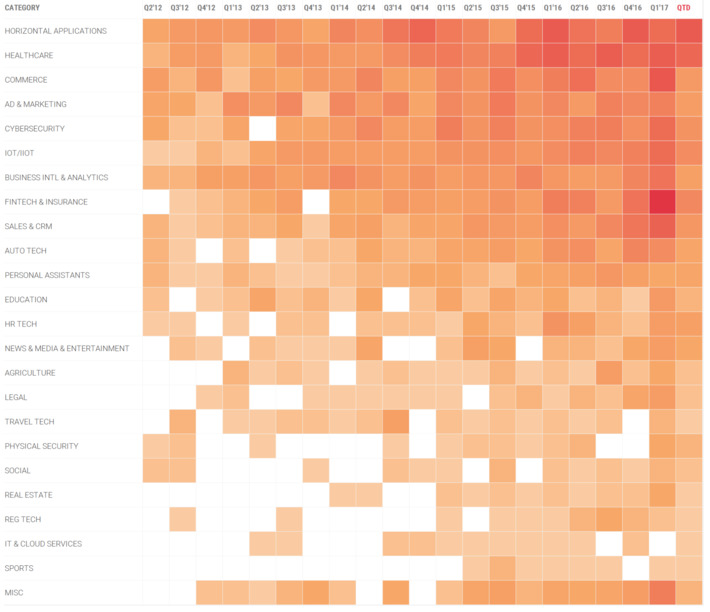

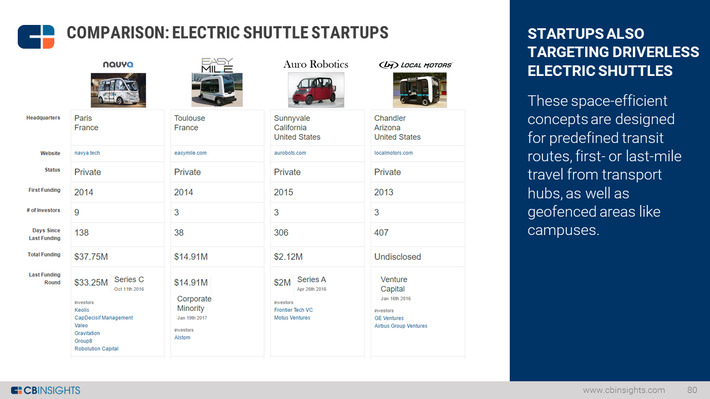

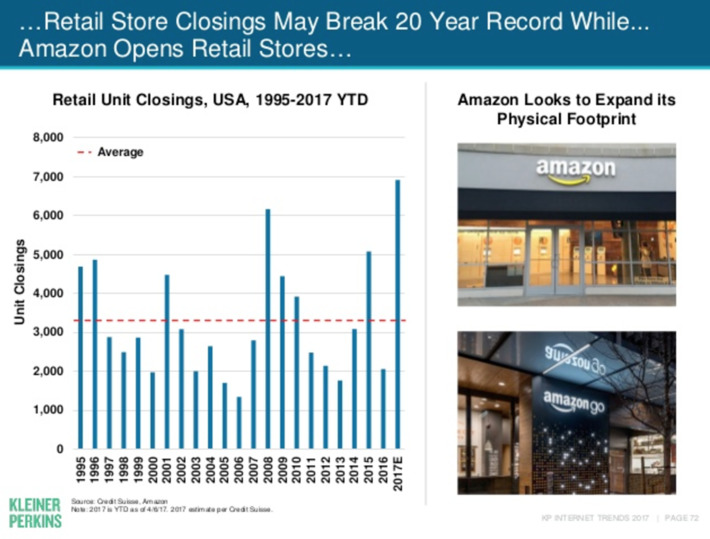
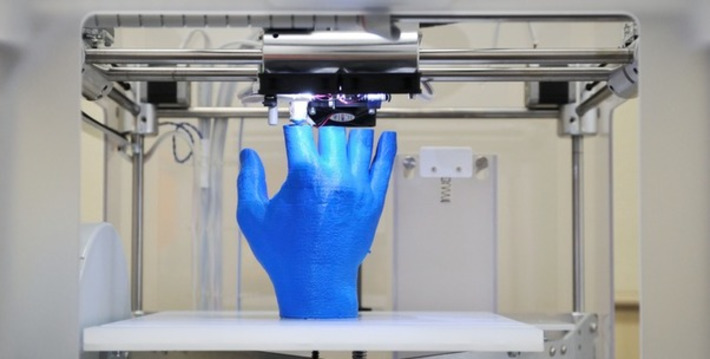
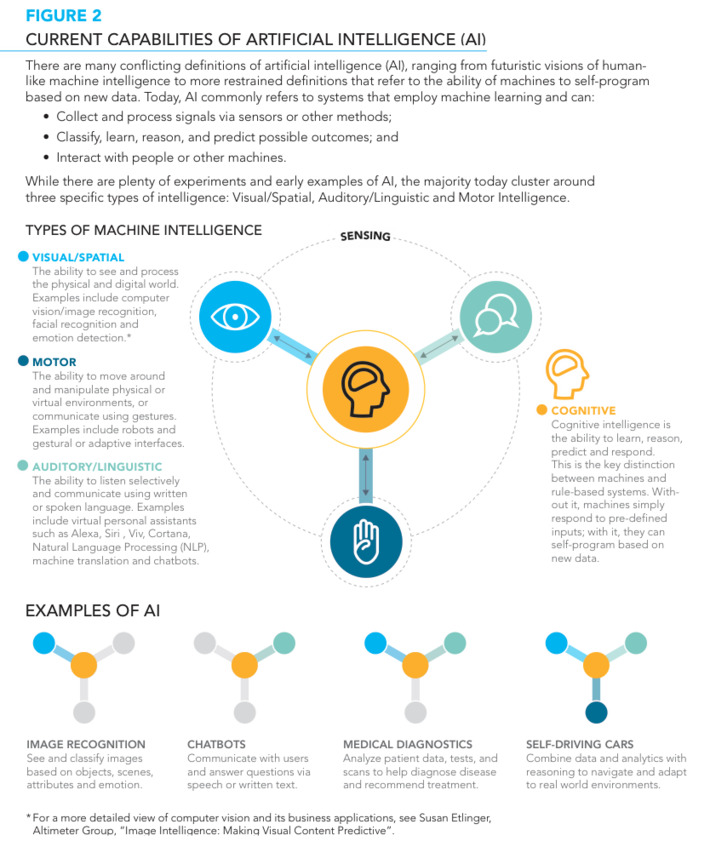
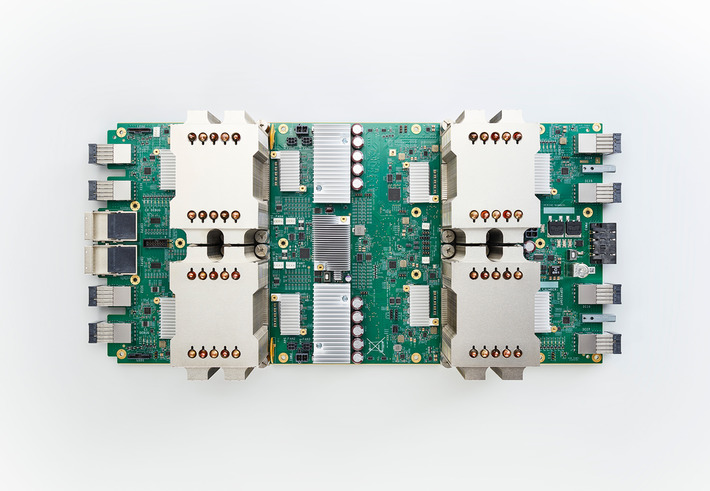
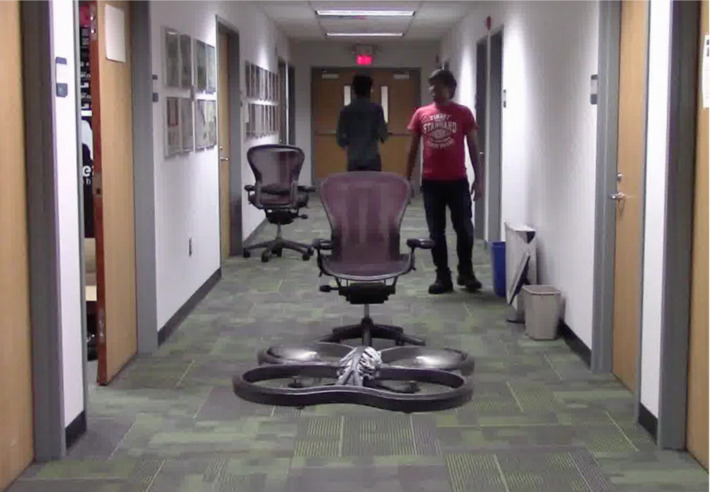


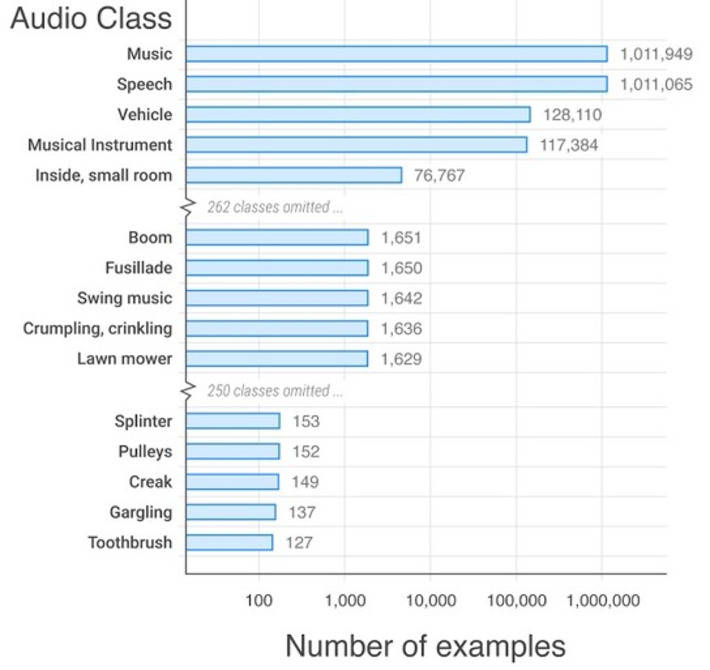




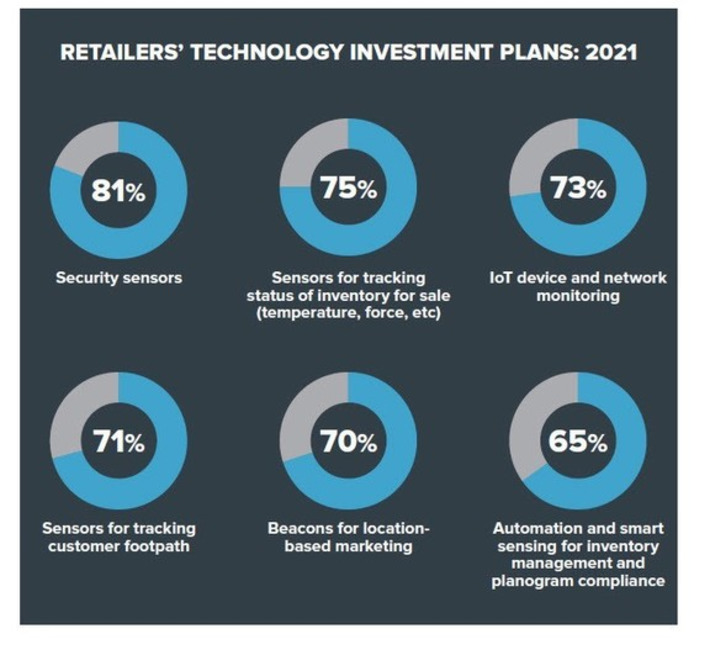

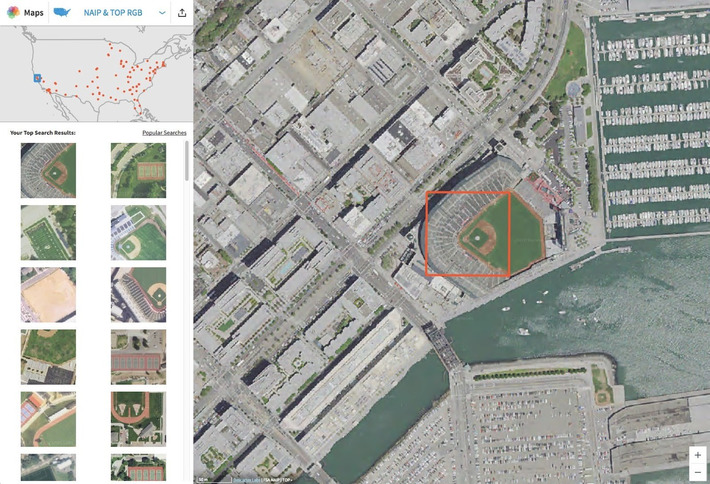
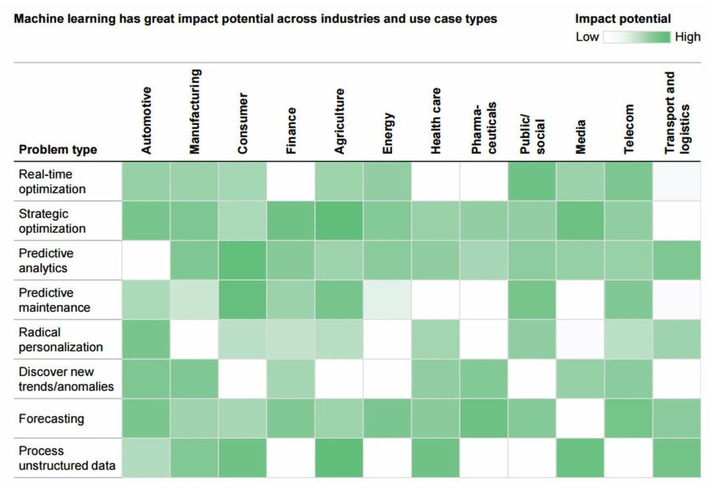
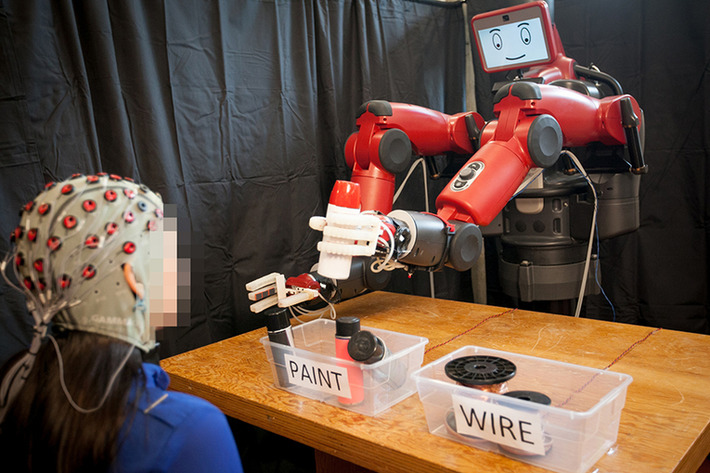
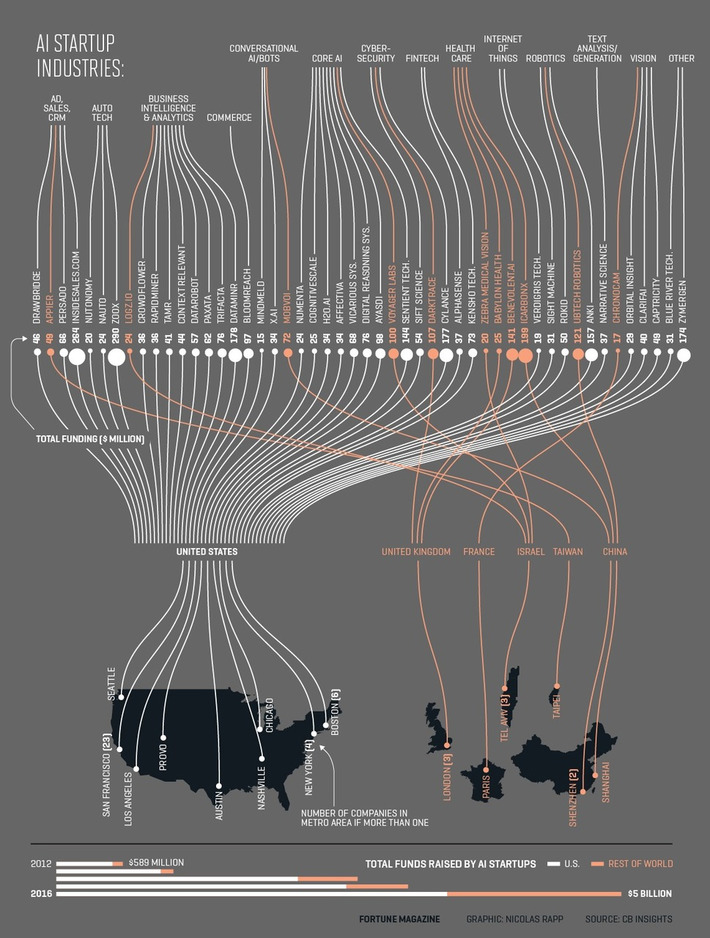
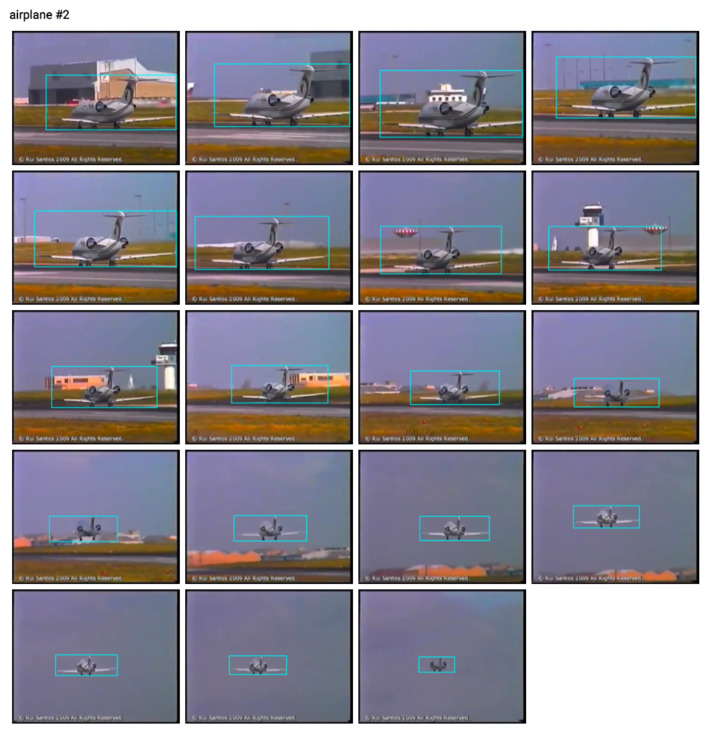

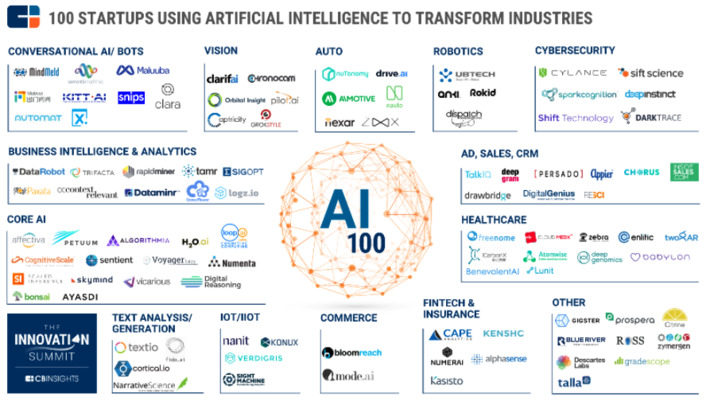




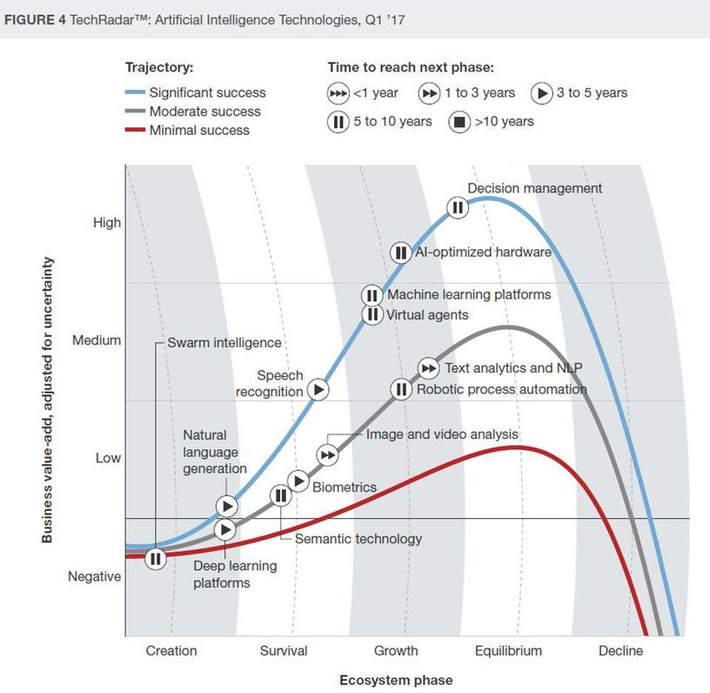








WHY THIS IS IMPORTANT
AI startups funding shows that the investments has been growing steadily in the past 4 years and that every industry will be affected by the technology.